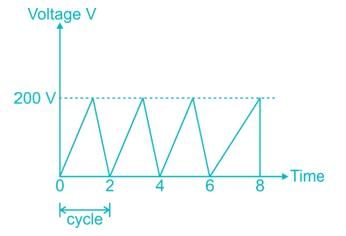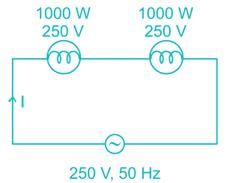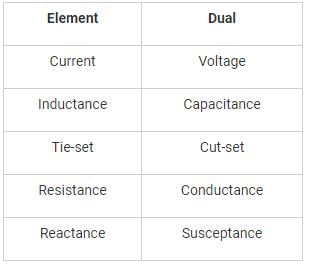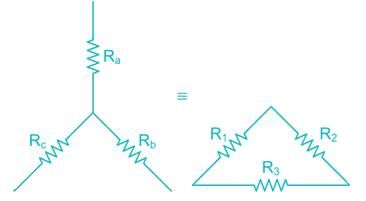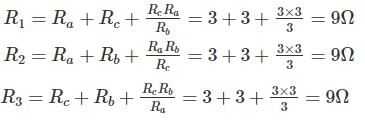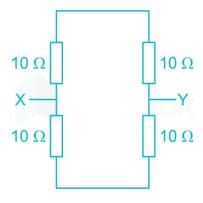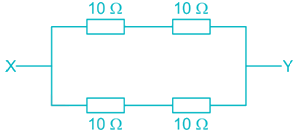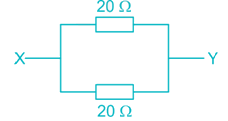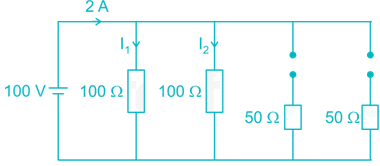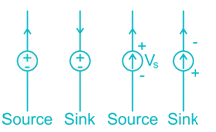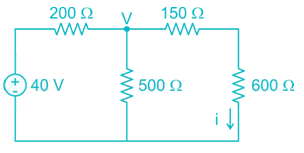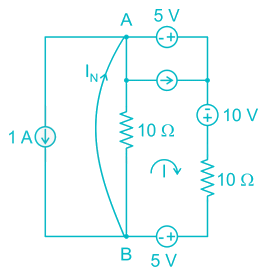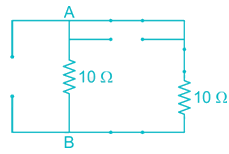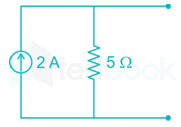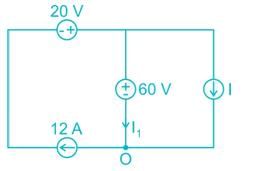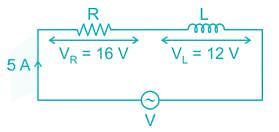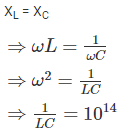Test: Electrical Circuits- 1 - Electrical Engineering (EE) MCQ
20 Questions MCQ Test - Test: Electrical Circuits- 1
Three wires having conductance’s 2, 3 and 6 mho respectively are connected in parallel in a circuit. The equivalent resistance in the circuit will be:
| 1 Crore+ students have signed up on EduRev. Have you? Download the App |
Two heaters rated at 1000 W, 250V each are connected in series across a 250 V, 50 Hz ac mains. The total power drawn from the supply would be _____ watt.
Which of the following does not have dual relationship?
If each branch of star connection is 3 Ω. Then its corresponding delta connection will contain ______.
In a four-branch parallel circuit, there are 10 mA of current in each branch. If one of the branches is open, the current in each of the other three branches is:
The number of mesh currents required in the circuit given below is:
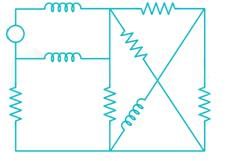
Four resistors of 50 Ω, 50 Ω, 100 Ω and 100 Ω each are connected in parallel across 100 V dc supply. What is the current though each branch if both the resistors of 50 Ω burn out?
A current source and a voltage source are connected in parallel as shown below. Suppose that vs = 12 V and is = 3 A.What is the power supplied by each source?
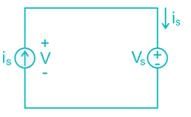
A voltage source of 10 V and resistor are connected in series. Specify the resistance R so that both of the following conditions are satisfied:
i > 40 mA and the power absorbed by the resistors is < 0.5 W.
Determine the value of the current i for the circuit shown below.

An equivalent single current source between ‘A’ and ‘B’ in the following figure will be:

In the interconnection of ideal sources shown in the following figure, it is known that the 60 V source is absorbing power. Which of the following can be the value of the current source i?
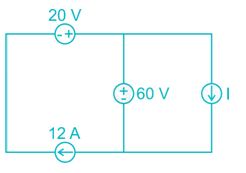
The capacitor voltage in the circuit long after the switch has been closed is:
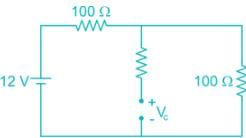
A sinusoidal current is given as i(t) = 150 cos (1000πt – 45°)mA. Determine the period T and time t2 at which the first positive peak occurs:
In a series RL circuit 5 A current is flowing, voltage drop across R is 16 V and voltage drop across L is 12 V calculate impedance –
The current i(t), through a 10 Ω resistor in series with an inductance is given by I(t) = 3 + 4 sin(100t + 450) + 4sin(300t + 600) amperes the RMS values of the current and power dissipation in the circuit are
A series RLC circuit has Q of 100 and an impendence of (100 ± j0)Ω at its resonant angular frequency of 107 rad/s. The value of R and L respectively –
What will be the average value of the sawtooth waveform shown below?
